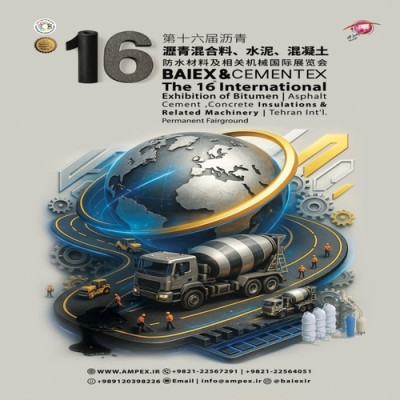Venezuela’s petroleum exports in October surged to their highest level in four years, driven by increased production and greater sales to India and the United States.
The rise in Venezuela’s petroleum exports to 950,000 barrels per day in October occurred despite significant challenges, including a fire at a major storage terminal, intensified U.S. sanctions since June, and the arrest of Pedro Tellechea, the former petroleum minister and former director of the state petroleum company PDVSA, on corruption charges.
Documents from the state-owned PDVSA revealed that the improvement in petroleum production was largely due to the stabilization of refining activities in the Orinoco Belt, Venezuela’s largest petroleum-producing region.
According to data based on tanker movements, PDVSA and its subsidiaries collectively exported 947,387 barrels per day of crude oil and fuel, marking a 21% increase from the previous month and reaching the highest monthly figure since early 2020.
This South American country, which has been under U.S. sanctions since 2019, also exported 315,500 tons of byproducts and petrochemical products in October, slightly up from 267,000 tons in September.
Venezuela’s petroleum exports to the U.S., conducted by Chevron, reached 280,000 barrels per day — the highest since this American company resumed shipments of Venezuela’s heavy crude early last year. In October, Spain’s Repsol also shipped Venezuelan petroleum to the U.S. and Spain.
PDVSA increased exports to India, a major market before U.S. sanctions, sending three shipments totaling approximately 141,000 barrels per day.
Venezuelan petroleum exports to the U.S., Europe, and India are permitted under U.S. licenses granted to select customers and joint venture partners of PDVSA, including Chevron, Repsol, Eni, Maurel & Prom, and Reliance Industries.
Nevertheless, China remained the primary destination for Venezuelan petroleum exports in October, receiving 385,300 barrels per day directly and indirectly. In September, exports to China were higher, at approximately 451,500 barrels per day.
Venezuela’s exports to Cuba, a political ally facing its own energy crisis, also saw a modest increase from 22,000 barrels per day in September to 28,000 barrels per day in October.
According to Reuters, Venezuela’s fuel imports also rose from 67,000 barrels per day in September to 81,000 barrels per day in October.
BY WPB




















